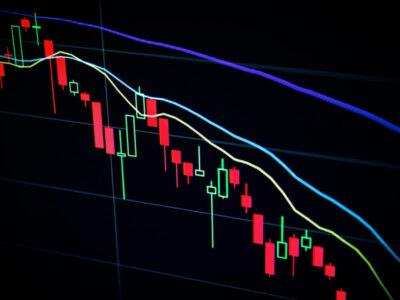At one time in history, currencies and money are the same one. Many ancient civilizations divide gold into units, and use it directly to buy and sell goods and services. Some examples include:
Greeks have electrum drachma, gold and silver alloys
Romans use their Aureus gold coins, named Dewi Fajar them
The Aztec people pay taxes with their Teocuitlatl gold, which means “the dirt of the gods.”
But as civilization is expanded and becomes more complex, as well as their economy, creates the separation of currencies and true money.
The currency is defined as “something that is used as an exchange media.” Currency is not necessarily coin and dollars. Land, service, livestock, and other items have been used as currencies in the past, and in some places there are still. But our currency is more familiar with today is paper money. Instead of trading goods and services, paper money is our exchange media, and is a substitution for the actual value.
Actual money, on the other hand, shows all the characteristics of the currency, but with additional features.
Money is defined as “gold, silver, or other metals in a form that is comfortable labeled by public authorities and is issued as an exchange media and value size.” Not only money is exchanging, but the size of the value is not just a representation of it. The difference is smooth, but critical.
Currency, in and from himself, is worthless, but valuable because of the money he represents. True money, with its definition, inherently valuable.
The currency used in America currently falls under the FIAT system category. “Fiat,” Latin to “let it do,” is a currency that only has value because of the law and decrites of the government. The government places value in the Fiat currency, but does not have the true value.
Another difference between the currency and money is permanent. The currency changes constantly. Before the euro, each country in Europe produces and the values that are considered from their own currencies – signs of Germany, French francs, Spanish Pesetas, Austrian Schilling, and so on.
But this currency is too reliable and fluctuating too drastically, so the integrated currency system is implemented to create stability. Immediately after being introduced in 1999, the euro value fell, causing a record of low exchange rates in the history of the European currency. The euro value returned now, higher than the US dollar in fact, but the point is that the problem of fluctuations has not been repaired. In the end, every form of currency becomes obsolete or loses its value, and must be replaced.










